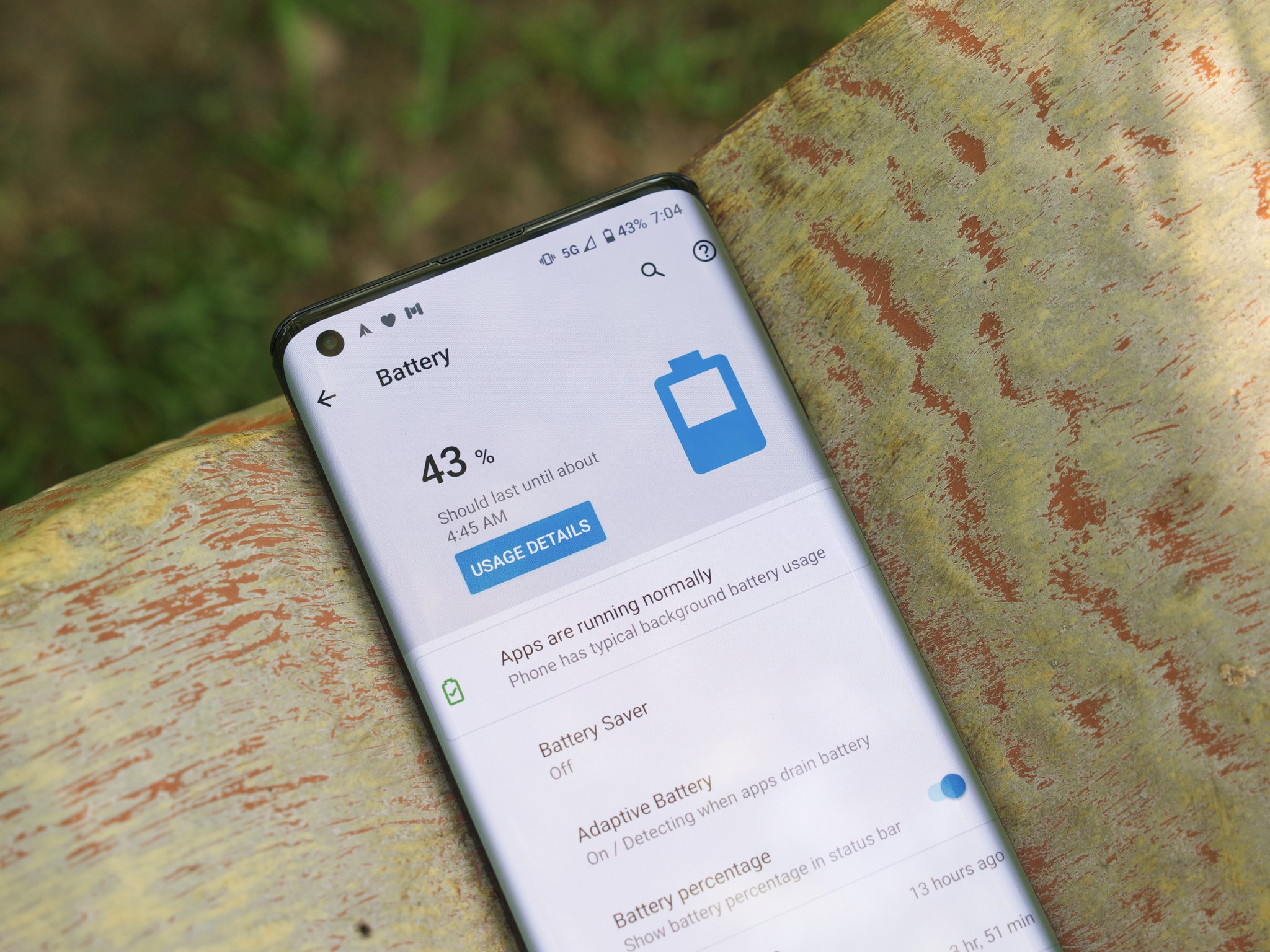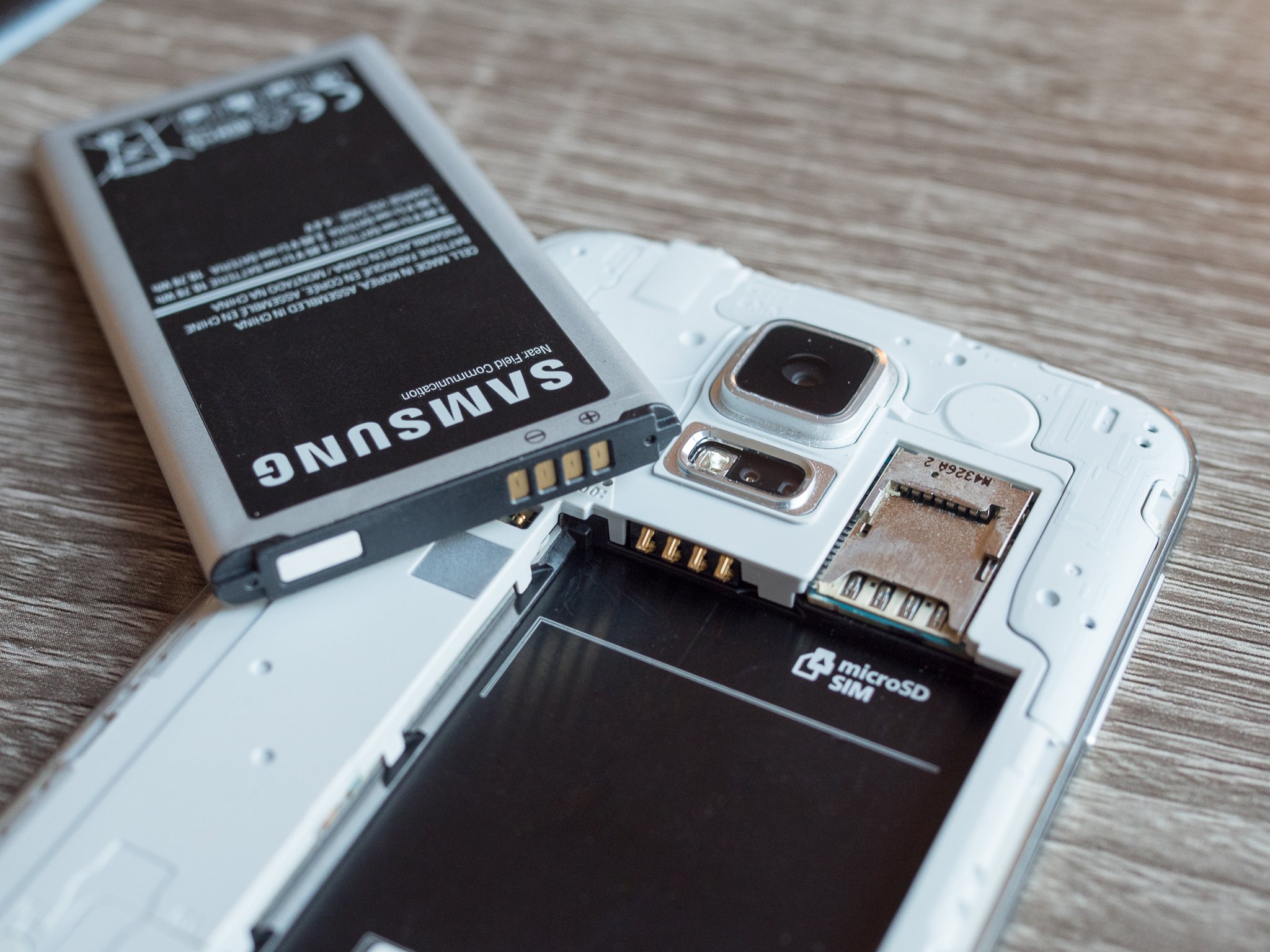Unlike diamonds, batteries aren't forever. Here's how to tell if yours is ready for a ride to the recycling center.
You'll find plenty of online discussions, whether in forums or articles on websites like this one, about phone batteries. Almost all of them are about charging and stretching out the time between charging. That's vital information to know, but there is also another problem you might face, especially if you keep the same phone for a couple of years: batteries don't last forever.
Phone batteries are complicated
We've all either had to get a new battery for our car or know someone who has. Batteries are chemical power plants, and once they have reached a point where they can no longer build a charge through their chemical reaction, they turn into a container of semi-toxic and expensive materials that don't do anything. When that happens, you need to provide a new battery if you want to continue to use the things that it powers. And be sure to recycle your old one properly, please.
You used to be able to change the battery yourself in a phone, but those days are never coming back.
Phones aren't like cars, where changing the battery is as easy as disconnecting the old and connecting a new one. They used to be, but thinner phones and higher battery capacity demands meant that they are now small foil bags sealed up inside your phone. They are designed to last a specific number of charge cycles, and a charge cycle is taking the battery from its lowest point to its highest. It's worth noting that this doesn't mean zero to 100, even though the phone will report it that way. Batteries are designed to be used at 80% of the listed capacity (but still safe up to 125%) and never brought down to a zero-charge state. The circuitry inside your phone takes care of that and makes it simple for us by reporting the scale to 0-100.
The number of charging cycles that a battery is rated for is an approximation; the reported number is based on an average. There are ways to "game" the system when it comes to charging cycles, and you've probably seen advice that says to charge your phone a certain way to extend the usable life of the cell. These do work, but you won't be able to get too much extra life from your phone's original battery, so it may not be worth it. You have to decide if micromanaging the way you charge your phone is worth another two or three months of life.
I just charge my phone whenever it needs it because life is too short. #YOLO.
Signs your battery is ready to move on
A battery doesn't just suddenly die under normal circumstances; it gives some warning signs that it's getting close. Sometimes batteries can just short or have another type of fault that kills them, but those instances aren't very common. A lot of time and energy went into designing a safe and long-lasting battery for a phone.
You might notice when your battery is going downhill because it rapidly discharges while you're using it. If you used to go half the day and your battery was still at 60%, for example, and it now hits 30% during the same time, it's a sign that the battery is starting to sour. Other things like bad apps or a bad update can do this, too, so it can be tricky to diagnose.
Your phone's battery will most likely die a slow, noticeable death.
You'll also notice that it won't charge completely. No matter how long you leave it plugged in, it never says it is fully charged — because it's not. It can't hold enough electrical energy to register as full by the electronics in your phone because the materials inside have degraded enough to affect performance.
One of the first warning signs is your phone losing charge right away. If you take your phone off the charger when it says the battery is at 100% and it immediately drops to 90% or 80%, the battery is getting a bit old. It's normal for some phones to lose a few percentage points of battery charge right away (at least according to the battery gauge), but a drop of 10% or more is a sign of a problem.
If your phone is bulging or swelled up, stop using it right now.
If you notice your phone bulging in the middle or getting very hot on or off the charger, that's a sign of a bad battery too, but you also need to stop using it right away and take it somewhere that a tech can look at it. We've all heard stories of phones bursting from a bad battery, and the whole Note 7 thing is still fresh in our minds. Phone batteries are safe when used as intended. Because of things like Samsung's excellent response to Note 7s catching fire and bursting, they are safer now than ever before. But accidents and malfunctions happen. Don't ignore any signs of excessive heat or swelling because nobody likes it when their pants (or anything else) catch fire.
You probably won't see any of these signs for at least 18 months after you bought your phone if you bought it new. Battery life may be listed in charge cycles, but the goal is to make them last two years since that's the standard length of a carrier contract. But if you really like your phone or really like not spending money on a new one, you will see your battery die eventually.
What can you do about it?
You used to be able to go online or take a trip to the carrier store and buy a new battery for your phone. Those days are gone, and I doubt they will ever come back. But the battery in your phone probably can be changed by someone who knows what they are doing.
Changing the battery in a sealed phone isn't hard for people who know what they are doing. Most of the time.
Most of us aren't that person. Changing a phone battery isn't hard on most models, but the way you open the two halves of a phone can be a little tricky. There may be hidden screws, plastic clips that are designed to never be unclipped, and there will be adhesive. Lots of sticky adhesive. I can change the battery on some phones here at my desk with a handful of simple tools. Other phones I could never open without breaking the screen. I know because I've done it. Unless you're still using something ancient like a Nexus 4 or iPhone 4, forget changing the battery yourself unless you've spent time fiddling with — and breaking — electronics.
Luckily, a person who can change a phone battery isn't hard to find. If your phone is still covered under a warranty, you should talk to the people you bought it from first. Always. If you don't, you're probably going to lose that warranty, so do it.
If your phone no longer has a warranty, ask a friend if they have a "phone person" they trust. If not, it's fairly safe to take a chance with someone who has a legitimate business repairing phones. Think about it. The little kiosk in the mall where someone will swap your battery in two hours while you shop wouldn't be there if they weren't able to do it successfully. Changing a battery is a mechanical thing — the phone comes apart a certain way, only a specific battery fits for a replacement, and the parts go back together the same way they came apart — only in reverse. For a "phone person," it's a simple job, and the hardest part is making sure they don't scratch the screen, and remembering to wipe the fingerprints off of everything when they are finished.
If your friends don't have a "phone person" look on Google.
There are also plenty of national companies that specialize in phone repair. You'll find them listed online or even in the Yellow Pages if you ever see an old actual phone book. You can look at review sites like Google Maps for an overview of customer experiences, and because these franchises all operate under a specific set of policies, you can look them up to see what to expect. I've used this sort of service in an emergency, and a Puls agent in New Orleans was able to replace both the battery and the charging port on my wife's phone in just a couple of hours. I was hesitant, but it was either have the repair done that way or see my wife without her phone during a trip to Costa Rica. You would have done the same. It was good as new when finished, and it still works.
Your carrier may also have a phone repair center, even one on-site in some locations. It's worth talking to them about it.
Being hard to repair is the new norm
Some phones are built in a way that you might not find someone willing to open them to change the battery. Don't get mad at the person you're asking to do the repairs, because some things aren't meant to be opened. The original iPhone was notorious for being nigh impossible to change the battery unless someone was a professional with experience. A business that specializes in quick phone repairs on-site can decide it's not worth the risk of damaging the phone by trying it.
You can see a list of popular phones and their "repairability" scores at iFixit. The easiest phones to open are at the top, and the hardest are at the bottom. If your phone is near the bottom of the list, you'll probably have to let a professional have the phone for a day or two, and a service that fixes things while you wait isn't going to be an option. They need to give you back your phone looking as good as it did when you gave it to them. That's hard to do with some phones.
Buying a new phone isn't the worst thing in the world. You might have to do it.
Finally, maybe it's time to buy a new phone. Or a new-to-you phone, even. We have you covered with our comprehensive Smartphone Buyer's Guide. You'll find a phone that's the best at almost any criteria you have set, and you might even see something that you never thought of. A phone is more than a novelty in today's society and is an important tool. It's worth doing the research to find the one that fits you best.
from Android Central - Android Forums, News, Reviews, Help and Android Wallpapers https://ift.tt/2Ldcgxx
via IFTTT




Aucun commentaire:
Enregistrer un commentaire